I've implemented an application that redirects to the wso2 identity server login page. If the login is successfull the user is redirected to a page where he can read his profile details. Based on his role he can perform certain action, like create a new user.
I've implemented an API (http://localhost:8080/add-user) that calls this URL ( https://localhost:9443/t/carbon.super/oauth2/token) to generate the access token with the desired scope (for example internal_user_mgt_create) that I need in order to call the wso2 SCIM2.0 API (https://is.docs.wso2.com/en/latest/apis/scim2-rest-apis/#/Users%20Endpoint/createUser).
Everything works if I use grant_type=password and I use the user credentials to generate the access token to call the wso2 SCIM2.0 API, but I want to use "authorization_code" as grant_type to avoid sending user credentials in my application.
How can I do that? And I know that one of the parameters that I need to use this flow is "code", where can I get its value?
